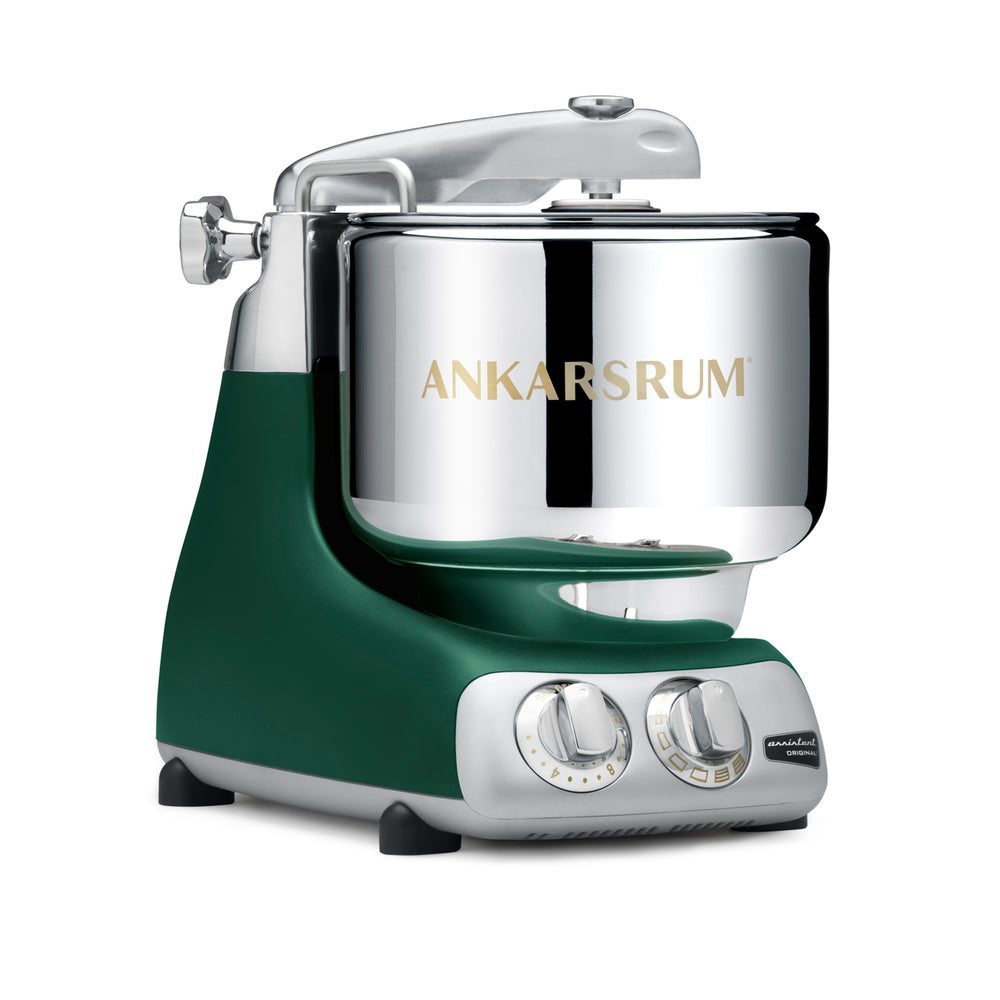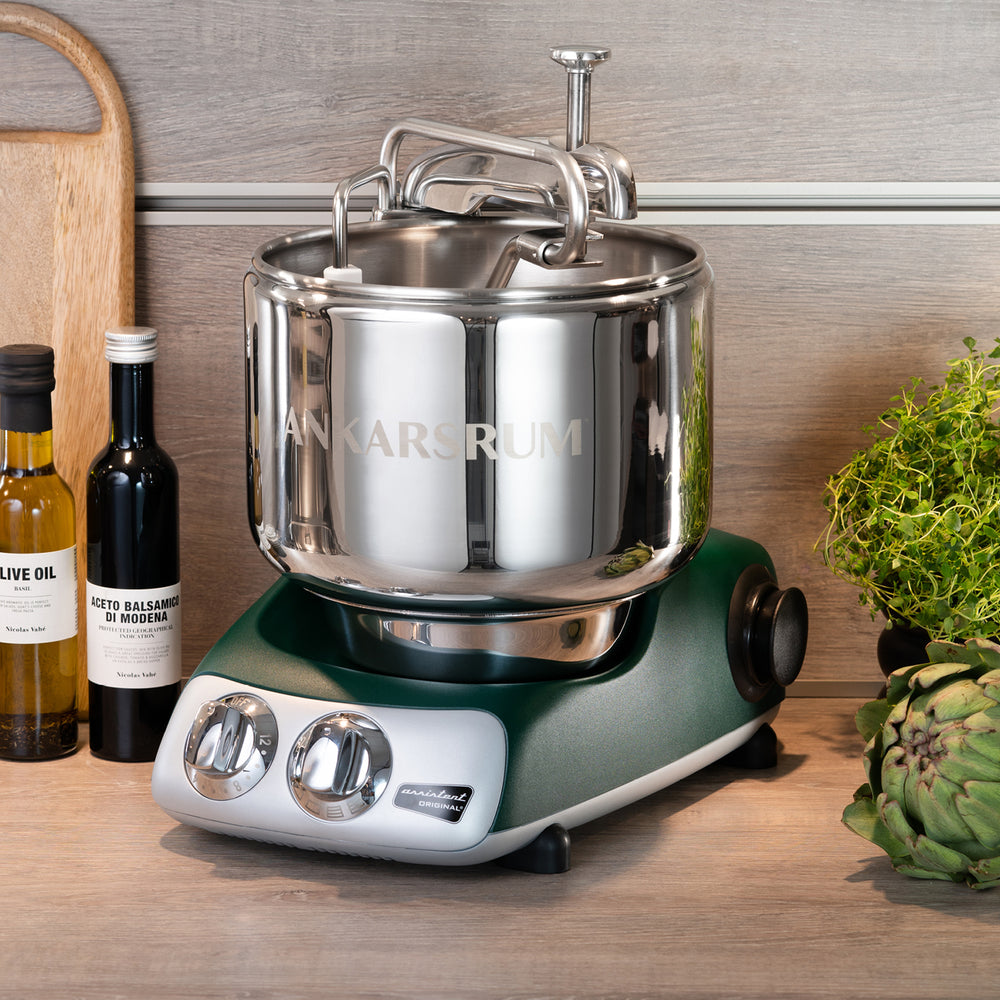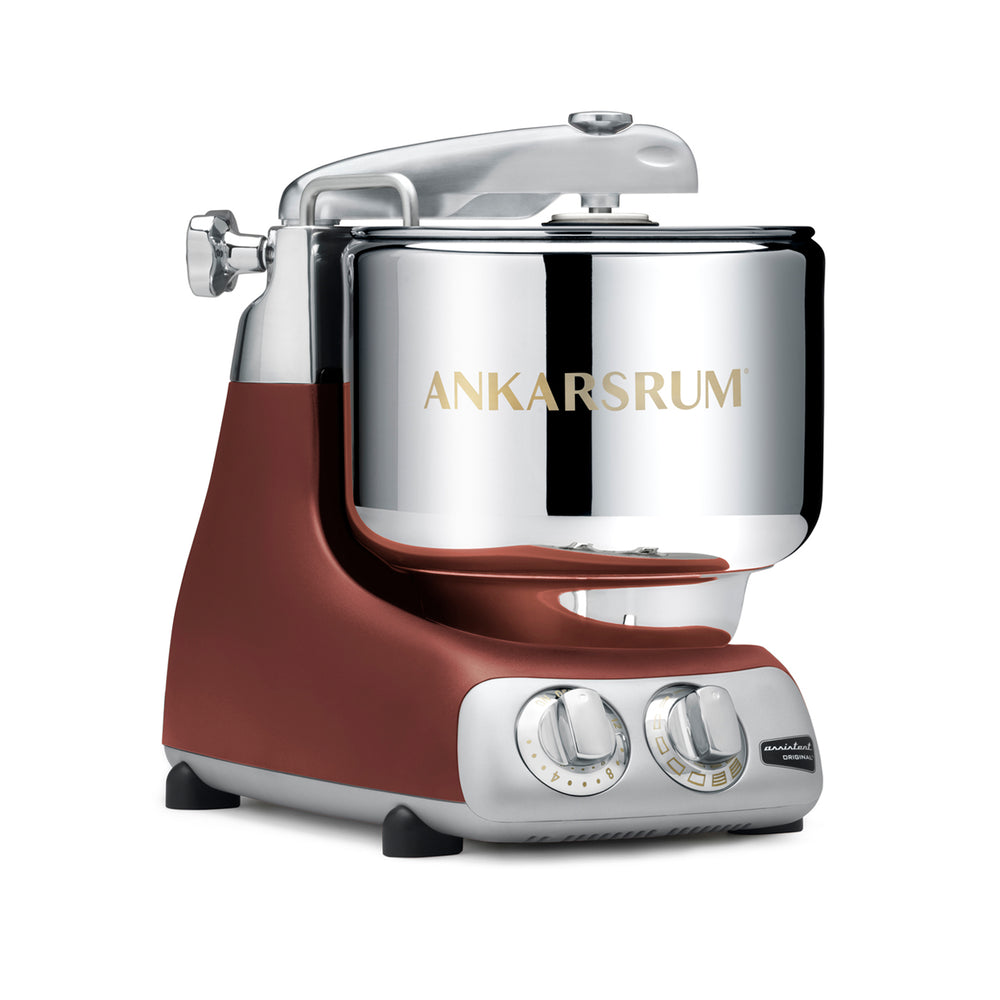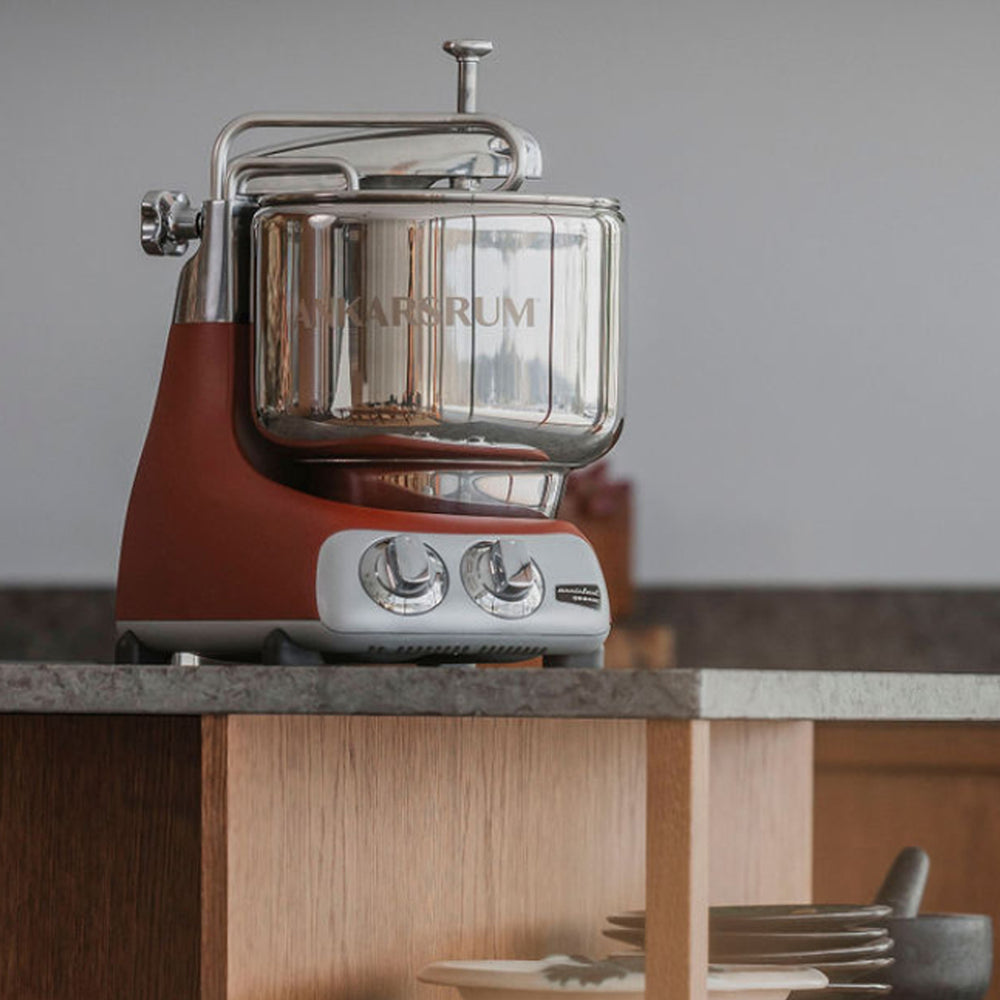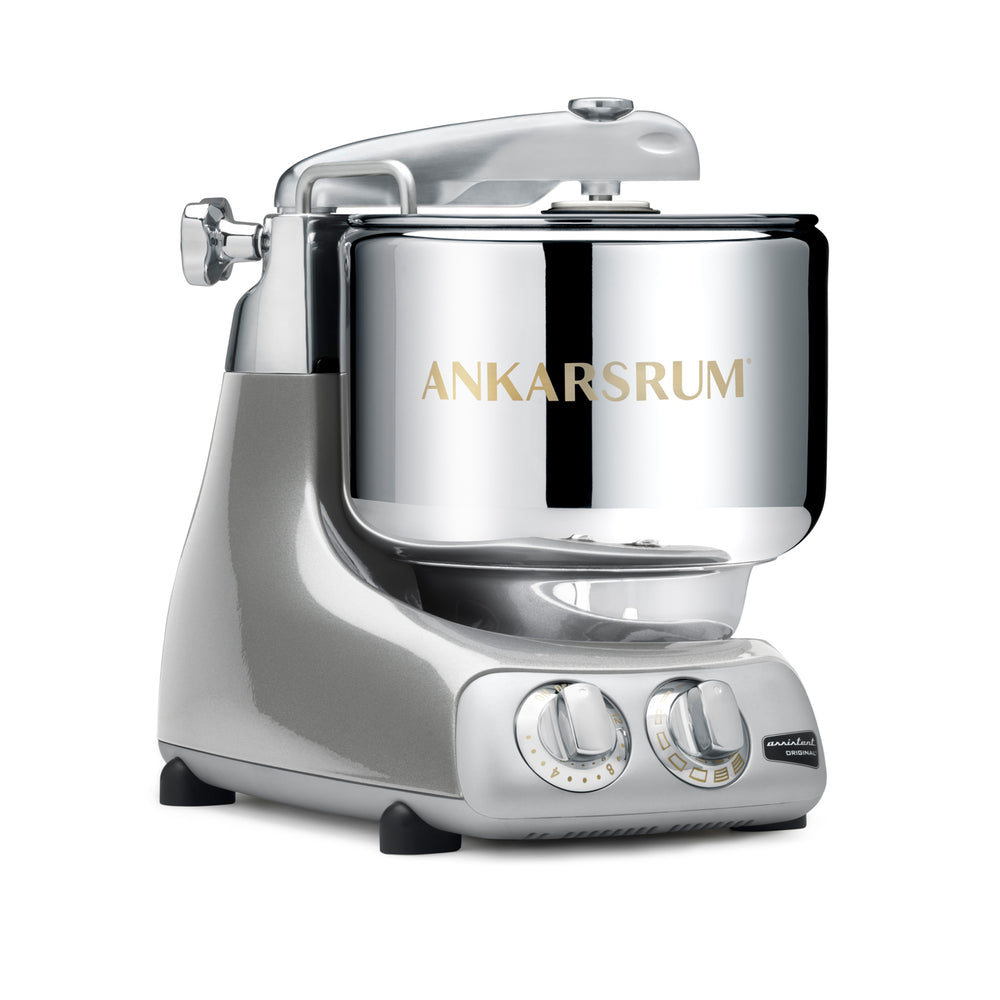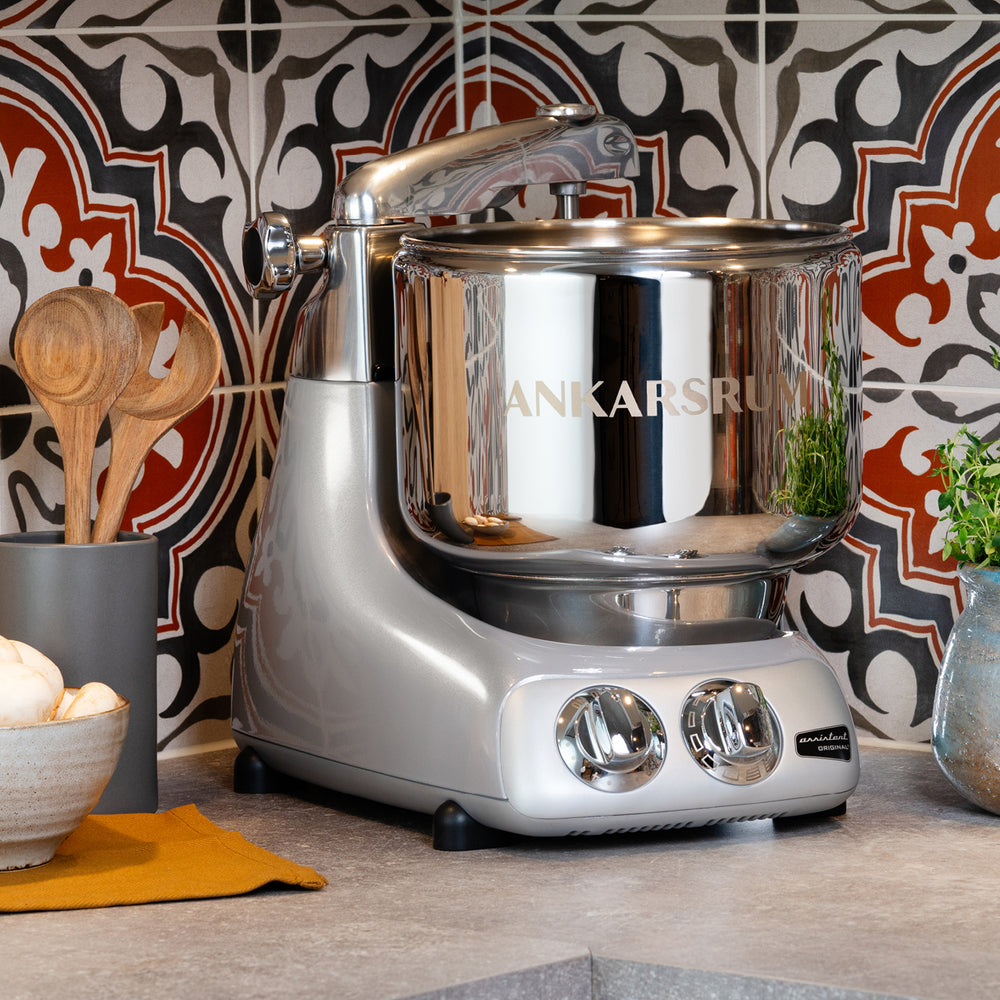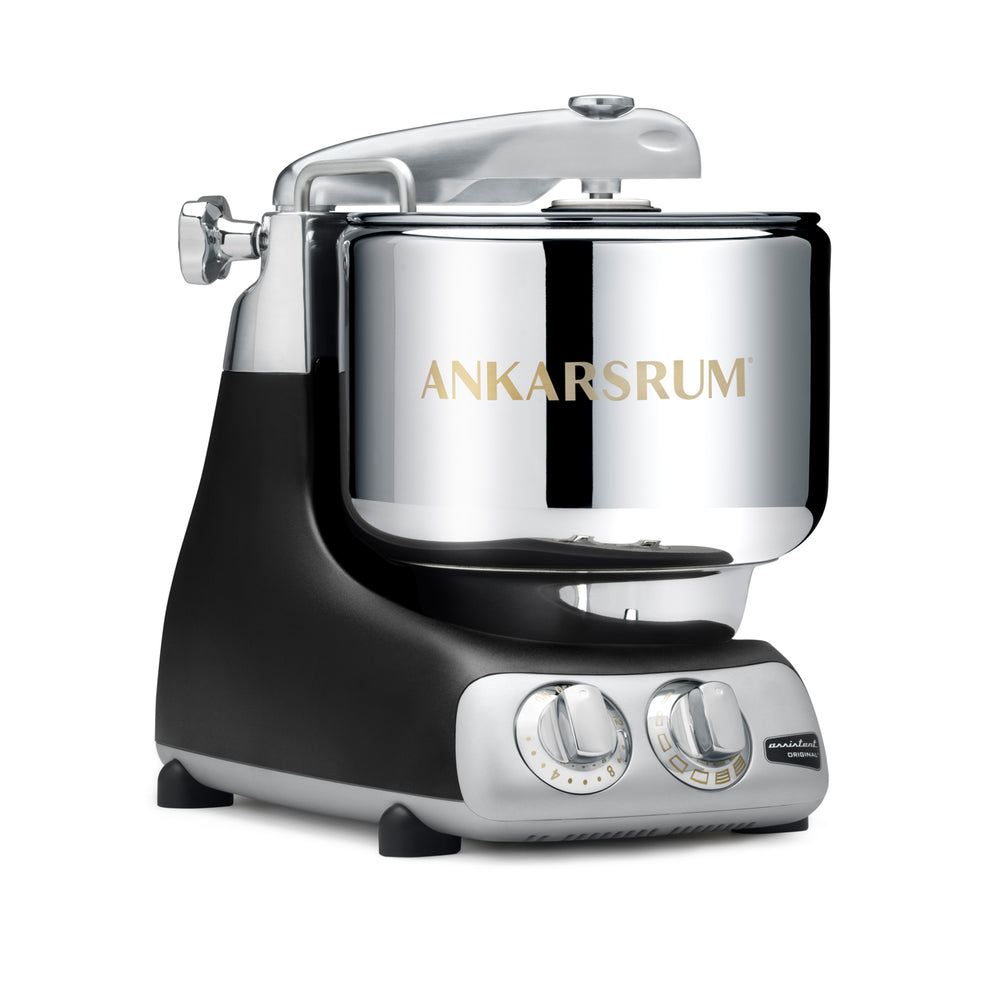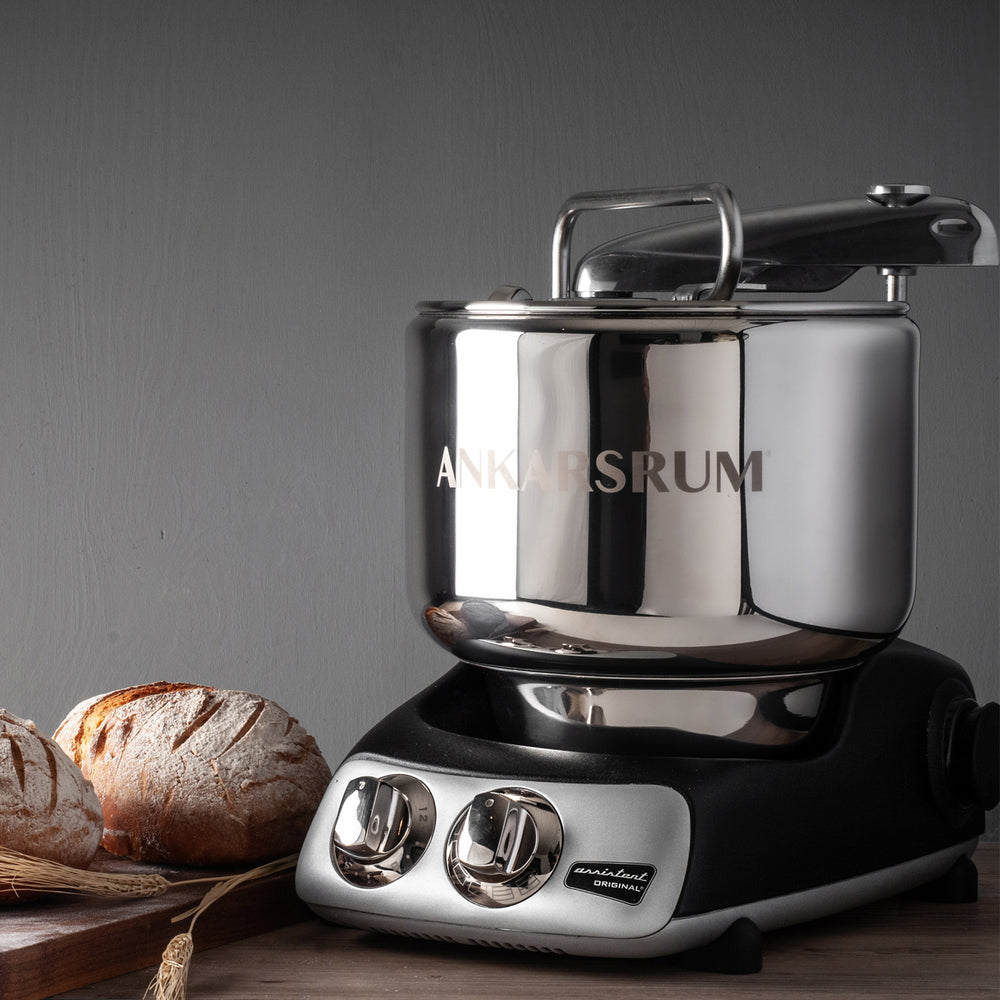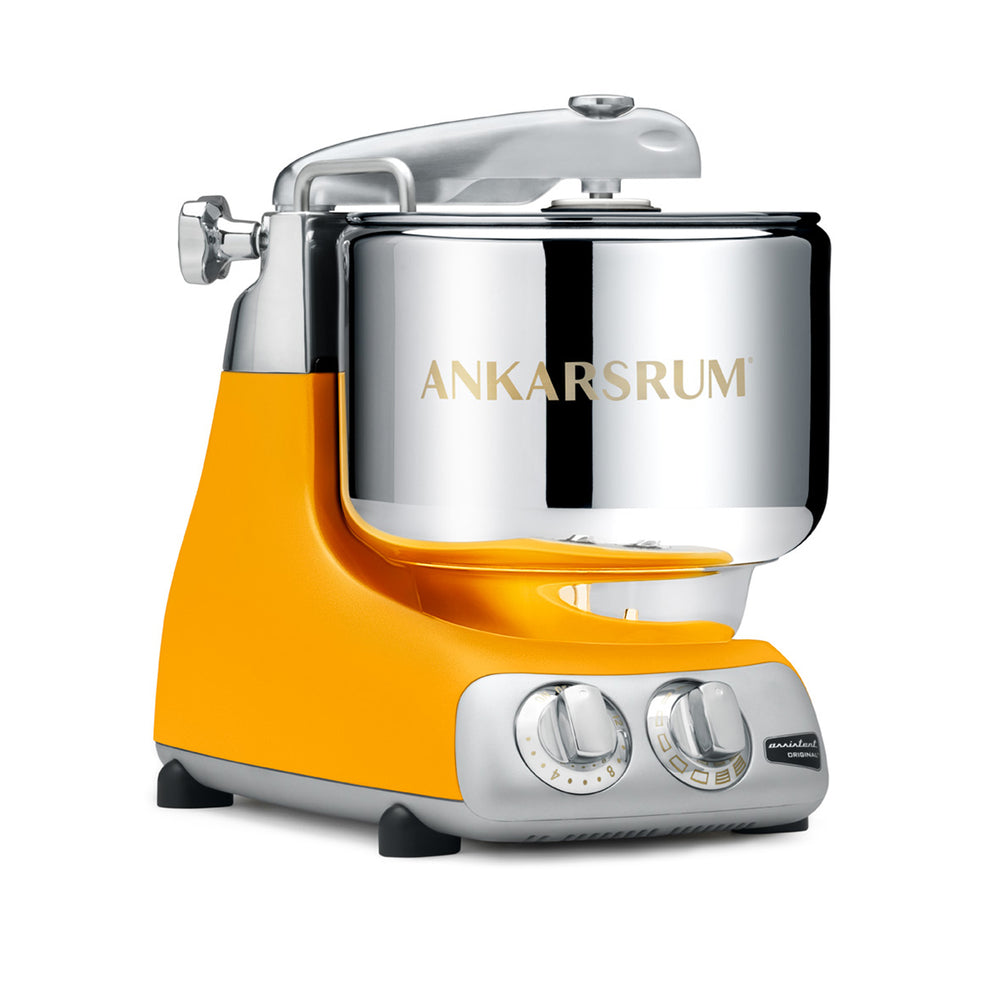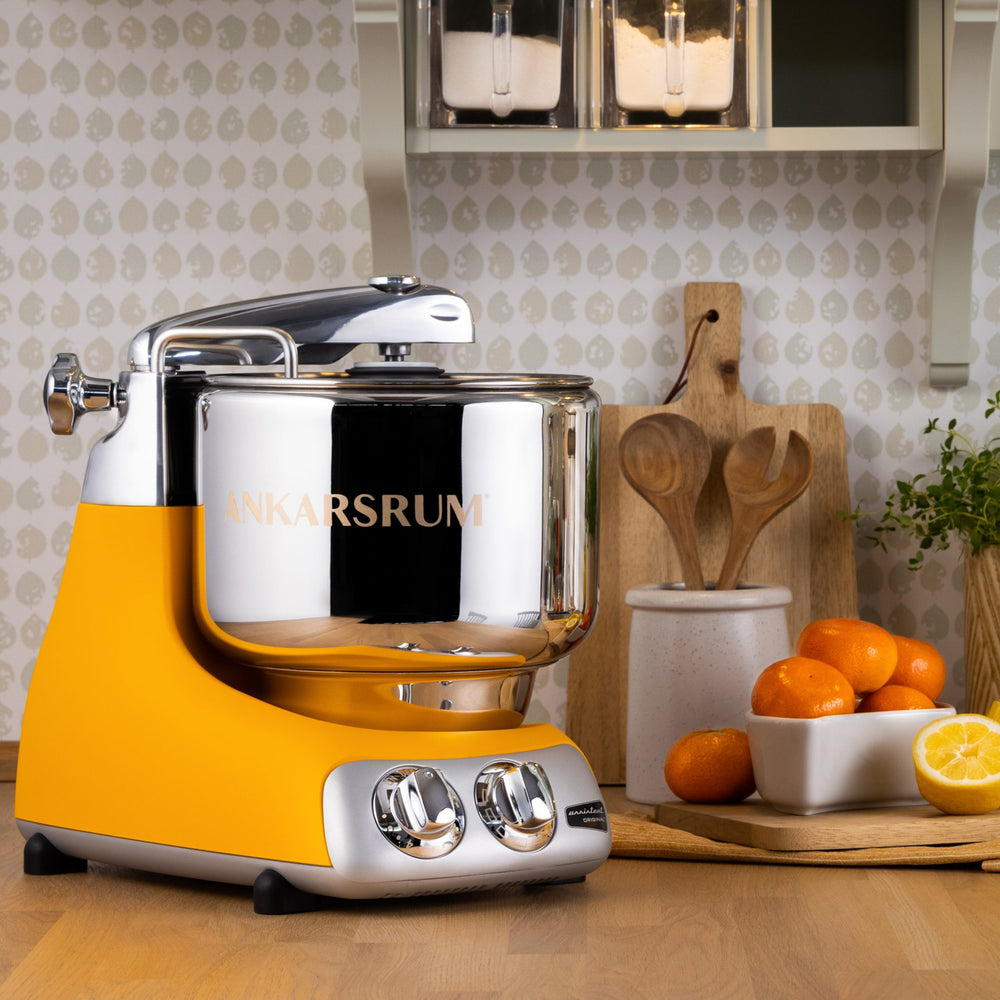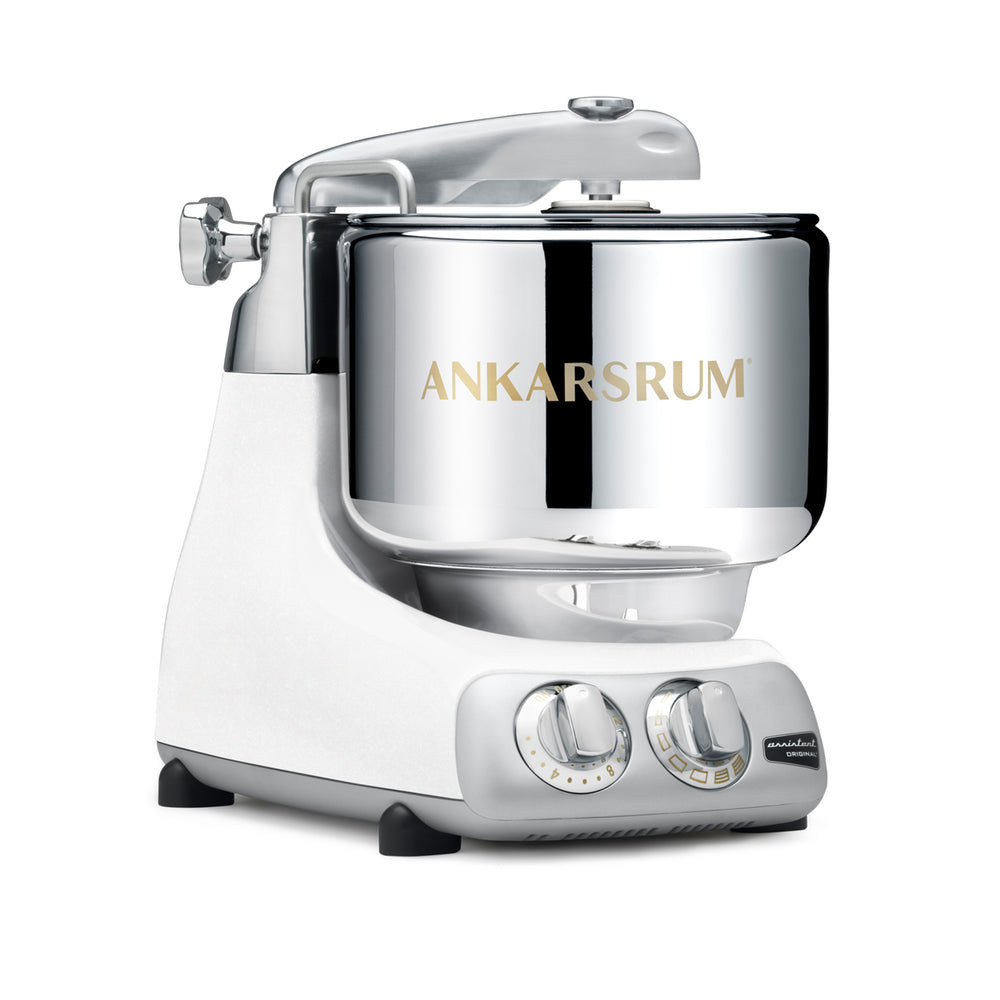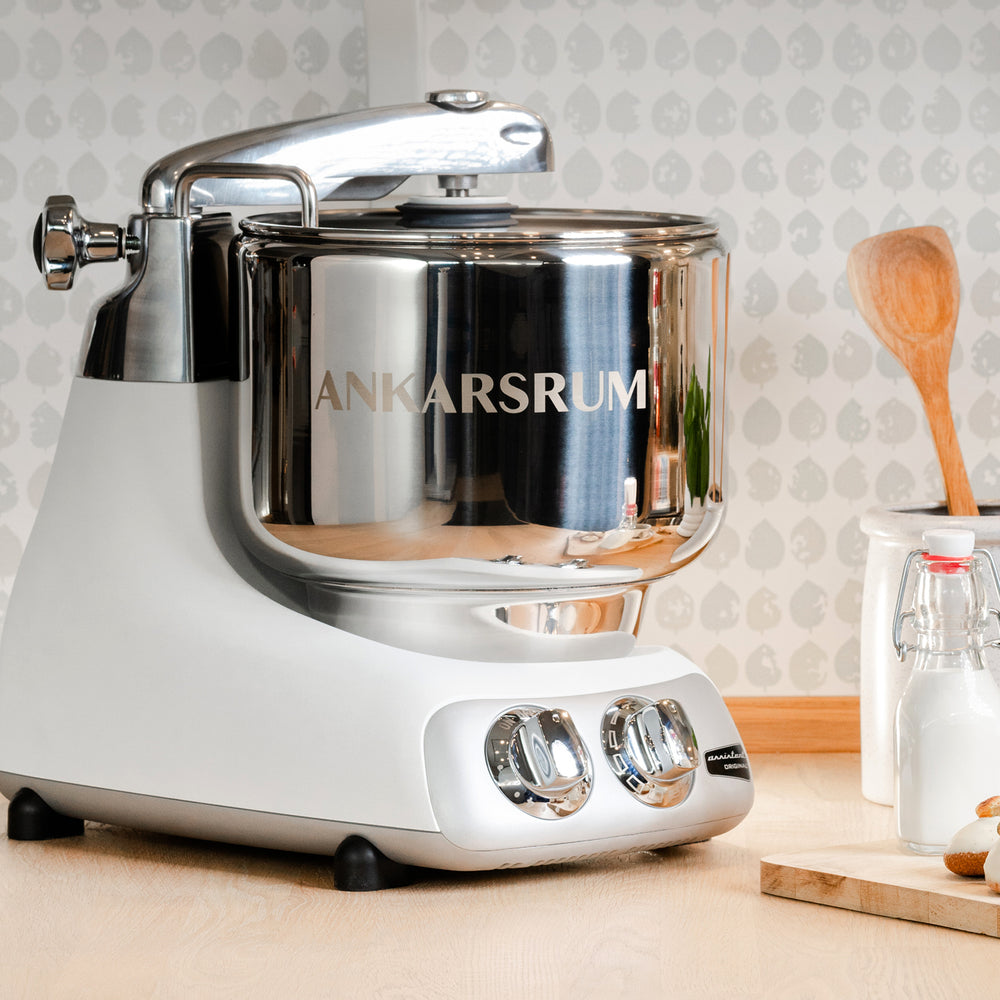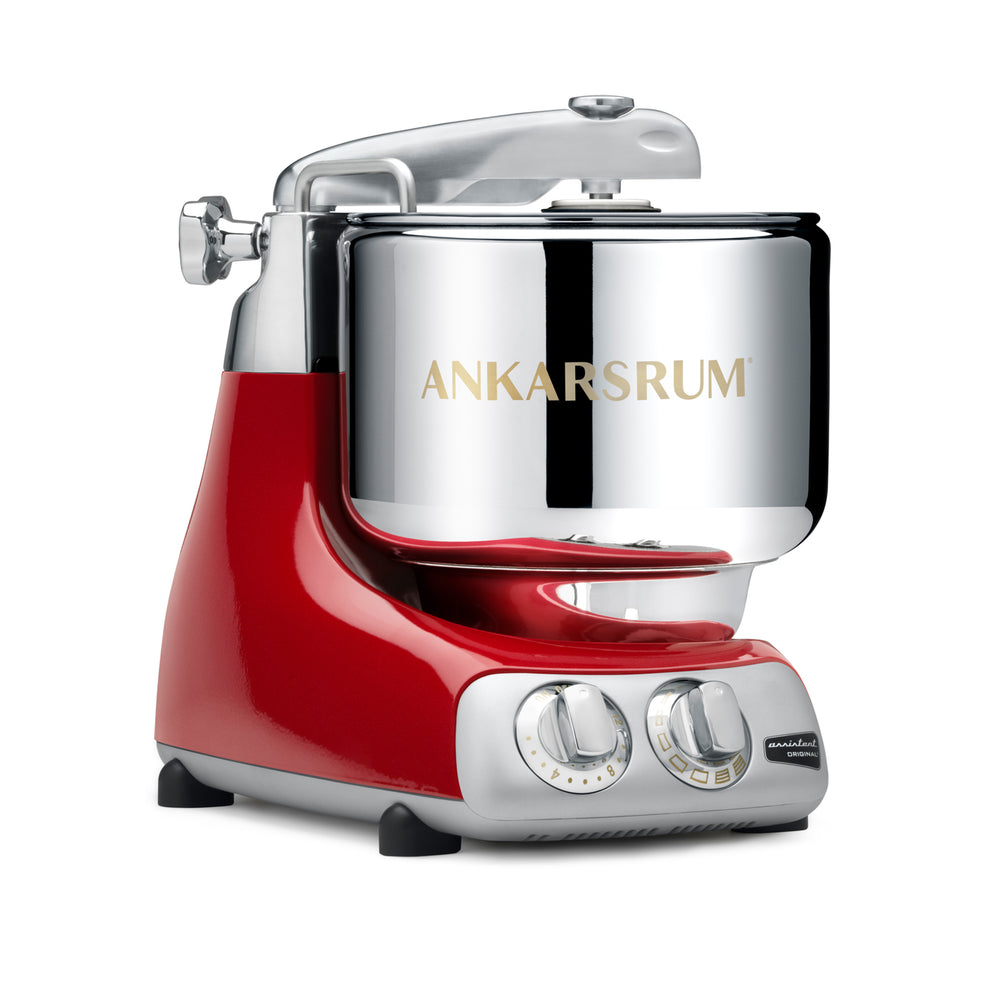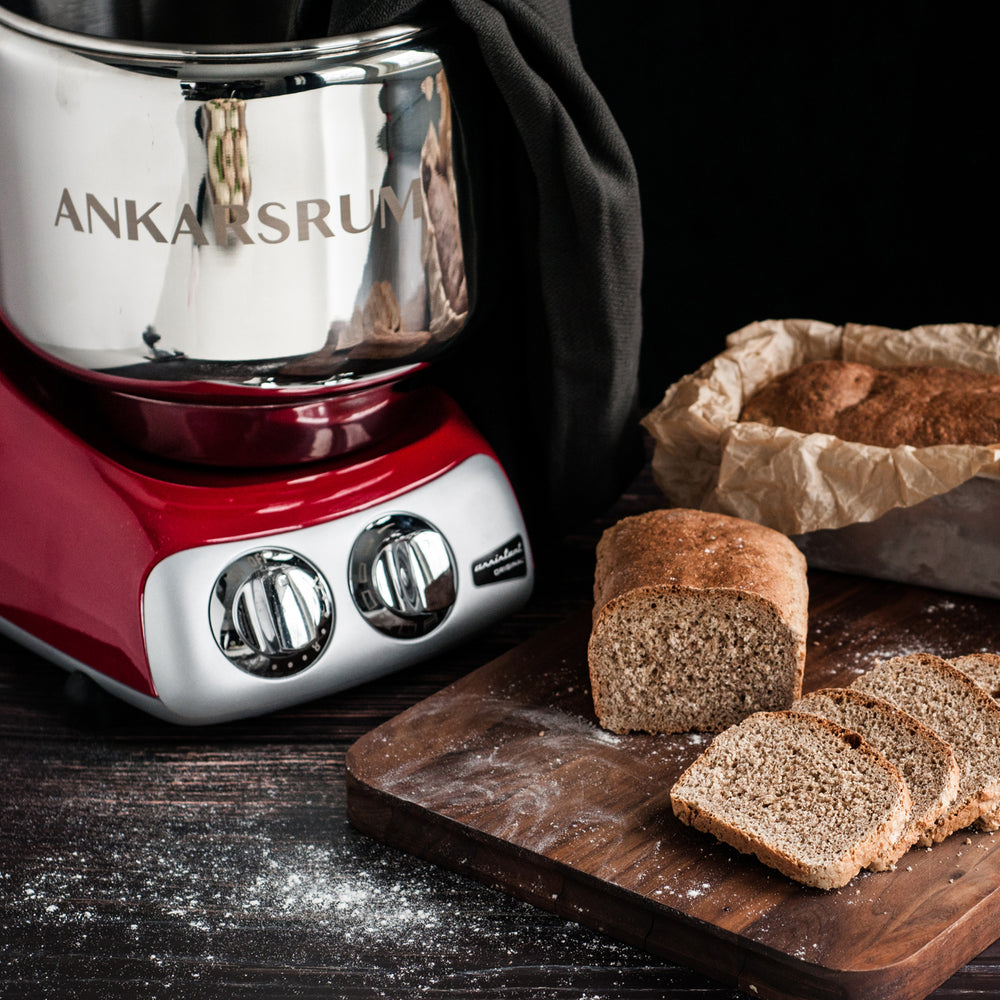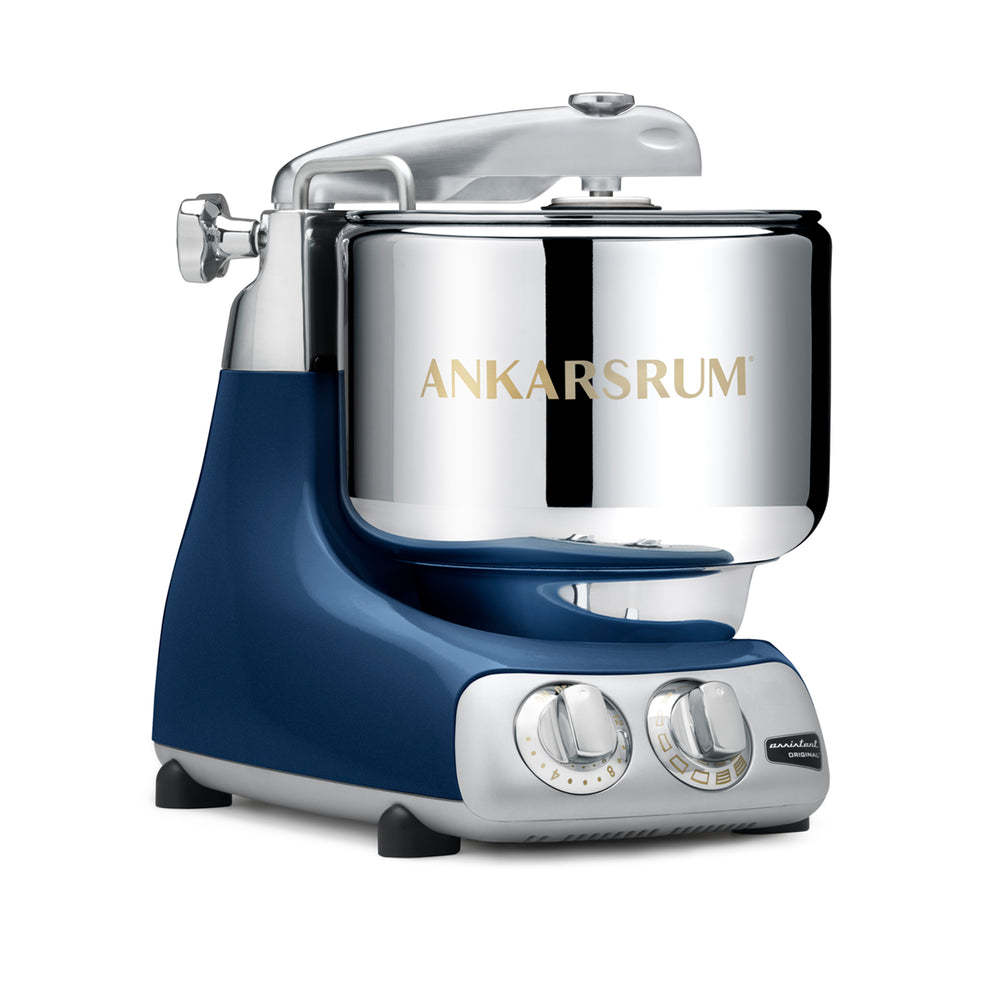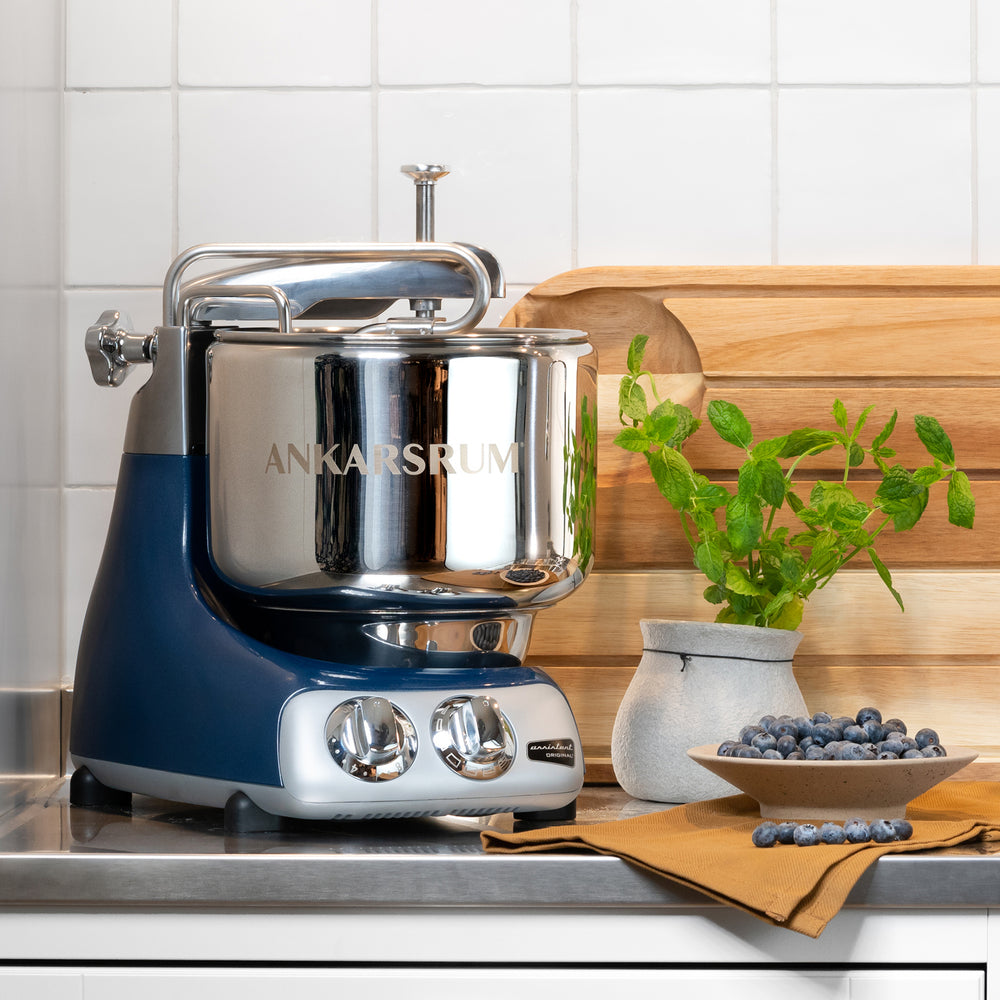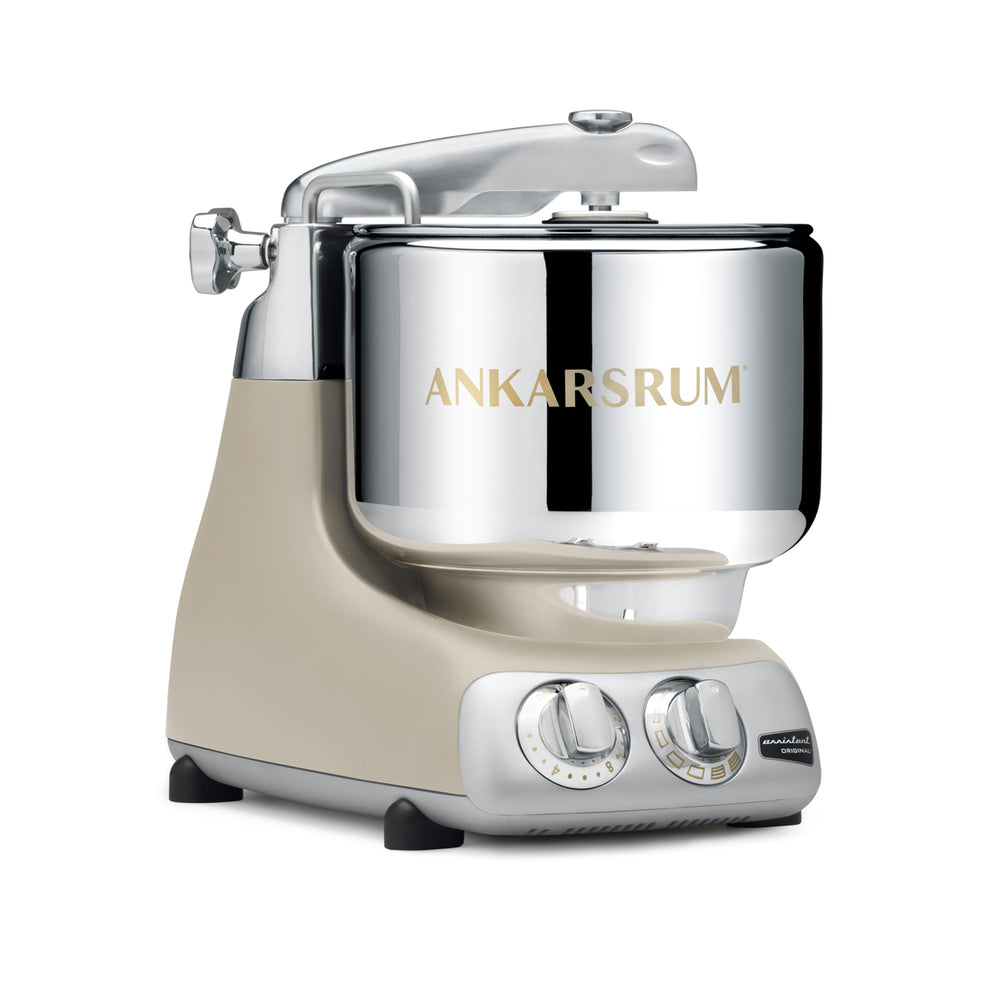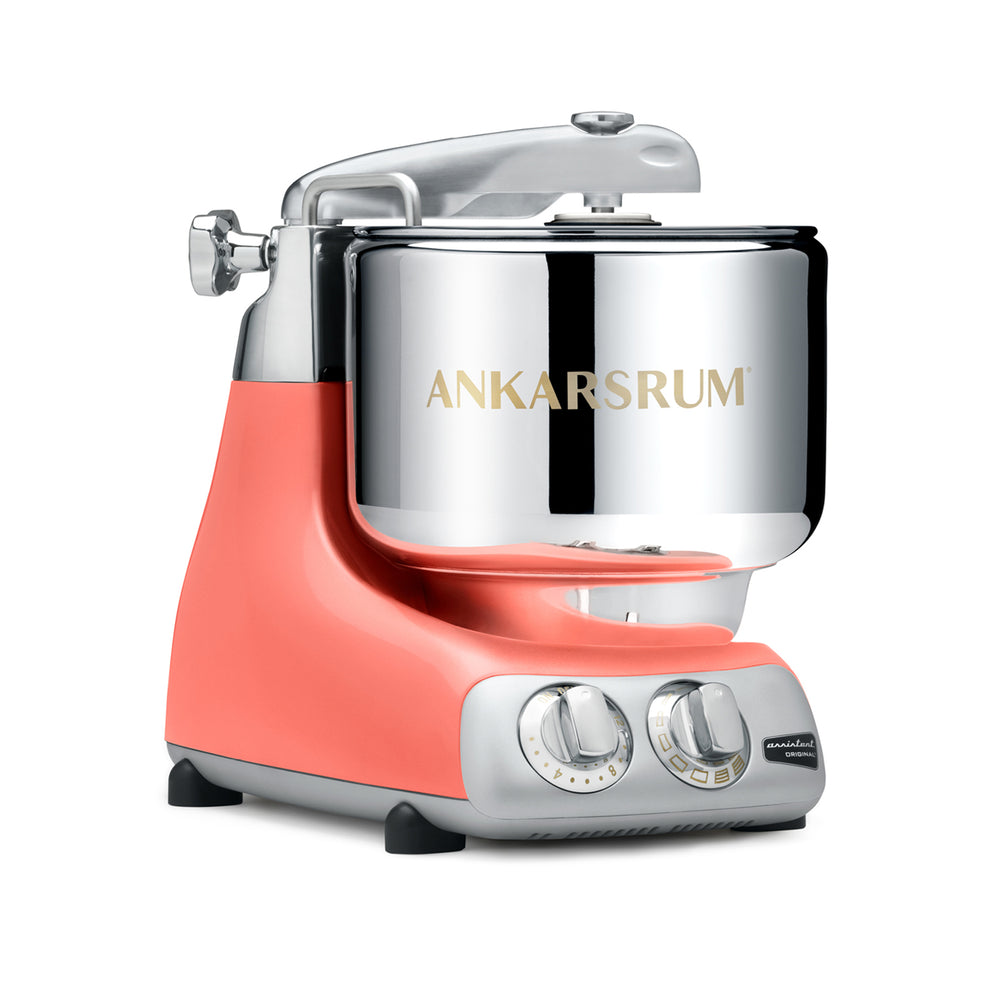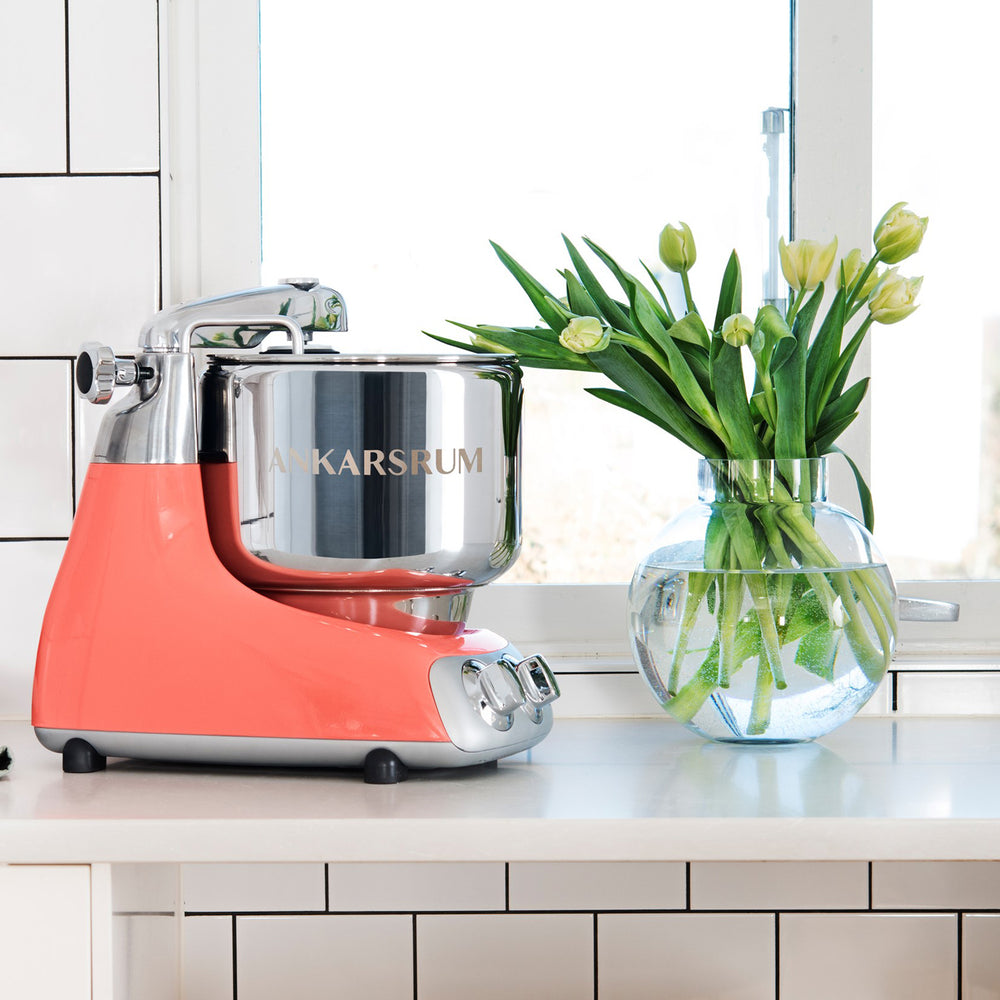Gianni's Sourdough Bagels
Makes 8 bagels (150g each, before baking)
Ingredients
- 400g water
- 15g Demerara or brown sugar, or barley malt syrup
- 250g active sourdough starter
- 700g white bread flour
- 13g salt
- Rice flour or semolina/polenta, for dusting
- Soda bicarb and honey, for boiling water
- For toppings (optional): poppy seeds, sesame seeds, za'atar, caraway seeds, nigella seeds, flaky sea salt, chilli flakes, or a combination of these; in separate bowls if you want a few different options
Method
- Fix your mixer with the dough roller and the dough knife. Add the first three ingredients and mix on low until incorporated. With the mixer still on low, add the flour gradually in three batches. When the dough looks like it has come together, add the salt, and leave to mix for another two minutes. Now remove the roller and switch to the dough hook (keep the dough knife in place). Mix on medium-high speed for twelve minutes, or until you’re able to press the dough with a wet finger and it leaves an imprint that does not bounce back immediately. The dough will look shaggy but will mostly adhere to itself. You can knead it in the bowl with your hand or the dough spatula to smooth the surface if desired. Cover with proofing lid and let sit for 2 to 3 hours, until doubled in size.
- Tease dough out onto a lightly oiled work surface and separate into eight balls (150g each). You will have a little extra leftover, which you can use to test the dough later (or make a mini bagel!). Shape the bagels by rolling each piece into a long strand of about 8 inches/20cm, with slightly tapered ends. Loop the bagel around your forefingers so the tapered ends overlap, then pinch them together with your thumb. Gently roll the pinched ends against your work surface, back and forth until it looks sealed and a similar width to the rest of the bagel. The hole is supposed to look larger than what you’d expect in a finished product, as the dough will expand during the second proof and/or boiling.
- Line a sheet tray with baking paper, sprinkle rice flour or dried polenta over it, and place your shaped bagels on it. Let it rest at room temperature for at least 30 minutes as you prepare for boiling, adding toppings, and baking the bagels. If you opt to cold proof your bagels for a deeper sourdough flavour, place the bagels in the refrigerator after this 30-minute rest at room temperature, for at least 4 hours and up to 36 hours. (Place in smaller, baking paper-lined dishes or plates if space is at a premium.)
- When you're ready to bake the bagels, remove them from the fridge and preheat the oven to 220°C. Place an empty roasting tin or other walled dish at the bottom of your oven to pre-heat. Now set up your mise en place, which is very important, and must be in this order: pot of boiling water, next to a wire rack (for bagels to drain after being boiled), next to bowls filled with toppings (if desired), next to the sheet your bagels will bake in (lined with baking paper). You can line a new baking sheet with parchment with a sprinkling of rice flour or dried polenta, or use the same one your bagels are proofing in (sliding the existing parchment with the bagels onto your countertop—carefully!).
- Set a large, wide pot of water to a rolling boil. Add a generous amount of honey and a teaspoon or two of soda bicarb to the water. With a slotted spoon, lower one or two bagels into the boiling water for 30 seconds—never more than three at a time, and that's only if your pan is wide enough. After the 30 seconds, transfer bagel(s) to the wire rack to drain for a minute or two, but no longer. The bagels shouldn't be too wet or too dry before toppings are added, or the seeds will not stick properly. Drop each bagel into the bowl(s) of toppings to coat, then transfer, naked-side down, onto the baking tray. Repeat until all bagels are boiled and coated.
- Pour water into the preheated tin at the bottom of the oven, then place the bagels on the rack above it. Reduce oven temperature to 200°C and bake for 15 minutes. Then remove the tin of water, turn the tray, and bake for an additional 10-15 minutes. Let bagels cool on the tray—they should be warm enough to slice.
BK Tips
- We used a 50/50 plain and wholemeal flour mixture in our sourdough starter, but any other starter should work just as well—as long as it's active! If your starter has been resting in the fridge, make sure to take it out of the fridge at least 3 days before you plan to bake this recipe and feed it every 12 hours. You'll know if it's ready when the starter doubles or triples in size a couple of hours after being fed
- Bagels are best eaten fresh, a few hours after they are made. The sourdough prevents these bagels from going rock-hard too soon, but we'd still recommend freezing them if storing for longer than two days, as they reheat beautifully from frozen. This tip from the Modern Sourdough cookbook is excellent: Slice the bagels before you put them in the freezer, so you can pop them straight in the toaster when you are ready to enjoy
- If you're an 'everything bagel' fan, the topping you want is a mix of dried garlic flakes, dried onion flakes, black sesame seeds, white sesame seeds, poppy seeds and flaked sea salt in equal parts

